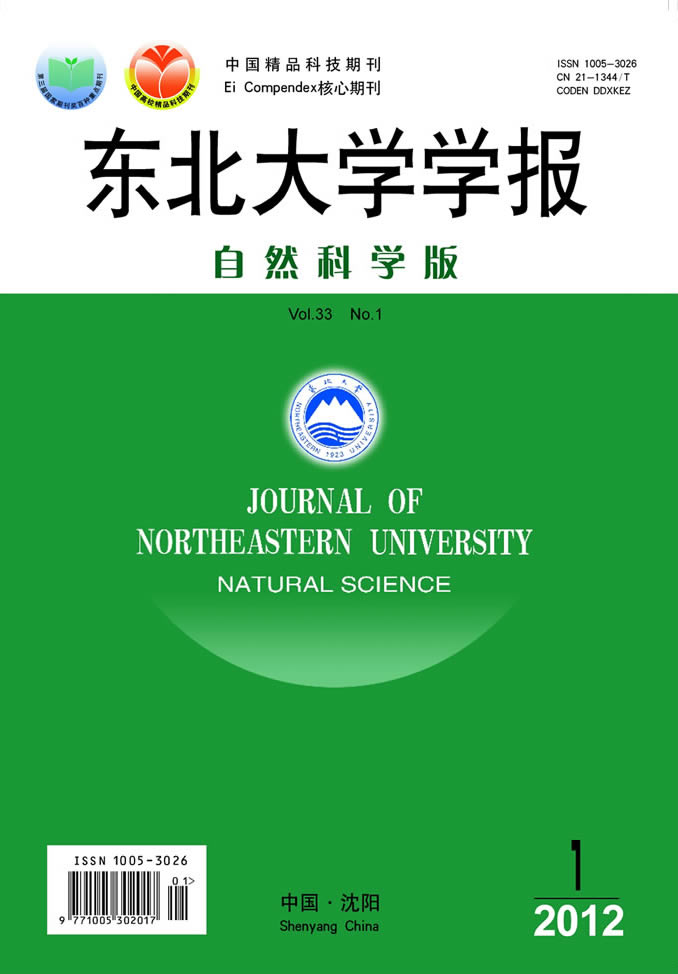|
|
Construction of embedded compound artificial boundary pillar from open-pit to underground mining
Zhang, Feng-Peng (1); Liu, Jian-Po (1); An, Long (1); Wang, Li-Jun (1)
2012, 33 (12):
1770-1773.
DOI: -
Considering the disadvantages of traditional methods, such as great mine loss of open-pit bottom and bad isolation effect, an embedded compound artificial pillar that is used during the transition from open-pit to underground mining is designed. This method is to employ the underground mining method to extract the open-pit bottom, to lay out bottom structure and then to fill the mine-out area with concrete. It tends to connect the obturator with the embedded compound structure, to accomplish the man-made bottom layout access road, to backfill the access road and to anchor the rockmass between access road and rocks, between access and grooves and among access roads. Therefore, the 10 m thick complete artificial boundary pillar, covering the whole ore body, may be finished. Numerical calculation shows that the implementation procedure of the embedded compound artificial pillar may not exert great influence on the stress field of slopes and plastic zone, which means no harm to the slope stability. Engineering practice demonstrates that laying out embedded compound artificial pillar while exploring the ore body may lead to a recovery rate of 95%. The accomplished boundary pillars enjoy sound impermeability, waterproofness, flood control and load-bearing capability. This may perfectly isolate the interactive influence between open-pit and underground mining.
References |
Related Articles |
Metrics
|

